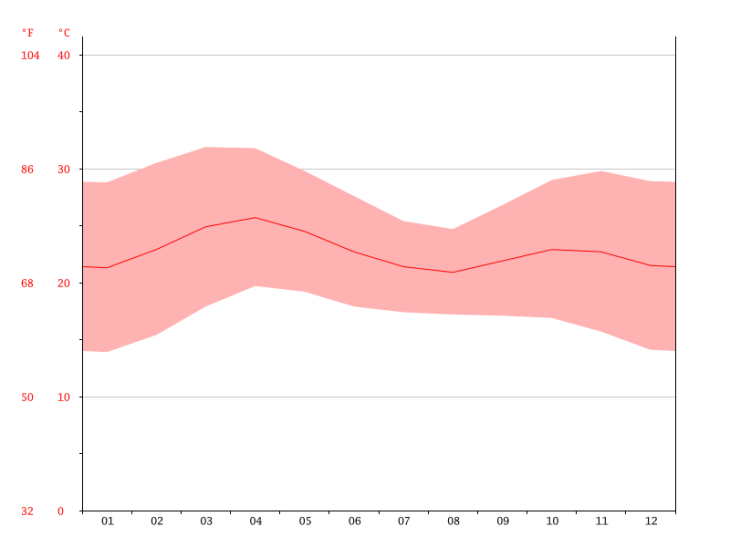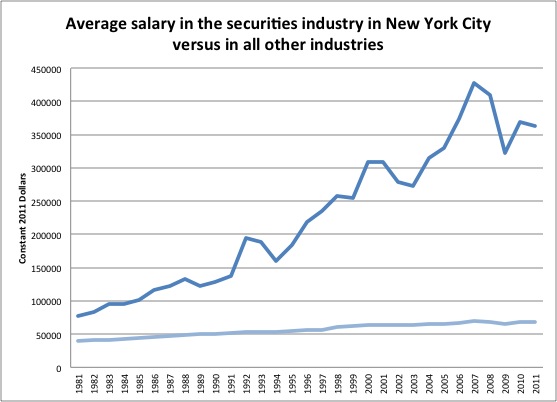Depending on the data being collected, we use different type of data measurement in order to make sense of it. There are four main types of data measurement:
- Nominal
- Ordinal
- Interval
- Ratio.
Nominal data refers to named categories. It is an unordered form of measurement as no category is greater than the other. An example of this is when you are in a grocery store there are different categories that products come under. For example foods that come under dairy, produce etc would be seen as a nominal way of measurement as no category has greater value than the other.
Ordinal data is used for ordered non-numerical data. An example can be seen below of ordinal data measurement.
Interval data is a numerical data measurement, however it doesn’t have a meaningful 0 value. An example of interval data is the temperature as the value of 0 doesn’t mean the absent of heat. Other examples are time of day, calendar and years.
Ratio data is numerical data that does have a meaningful 0 value. The 0 indicates an absence of whatever you’re measuring. Examples of things that use this type of data measurement are height, weight, age and money.
Qualitative and Quantitative Data
Qualitative is non numeric descriptive information. This is nominal and ordinal data,
Quantitative is numerical data as it is quantifiable. This is interval and ratio data.
Most important aspect and why?
The most important aspect of this lecture was understanding the different forms of data measurement in order to apply the correct measurement type when collecting data. The reason this is important is it helps to understand how to give meaning to the data by using the correct measurement in which the data is first collected. In order to help my understanding of each data type I have gathered images as a reference point for later on.
Nominal data:

Unknown. (2017). Examples of nominal scales [Images]. Retrieved August 13th 2018 from https://www.mymarketresearchmethods.com/types-of-data-nominal-ordinal-interval-ratio/
Ordinal data:

Bertram, D. (n.d.) Likert scales [Image]. Retrieved August 13th 2018 from http://poincare.matf.bg.ac.rs/~kristina/topic-dane-likert.pdf
Interval data: Average Temperature Chart of Jos, Africa

Unknown. (n.d.) Average temperatures jos [Image]. Retrieved August 13th 2018 from https://en.climate-data.org/location/46664/
Ratio Data:

Soltas, E. (2013). Average salary in the securities industry in New York City versus in all other industries [Image]. Retrieved August 13th 2018 from http://evansoltas.com/2013/02/27/5-more-graphs-on-finance/
This lecture helped me understand the main types of data measurement used today. I learnt that overall data comes under two categories, categorical or numerical and from their we can work backwards to determine which data measurement should be used.
Reference
Waterson, S. (2016). Data types [Video File]. Retrieved from https://vimeo.com/176274669